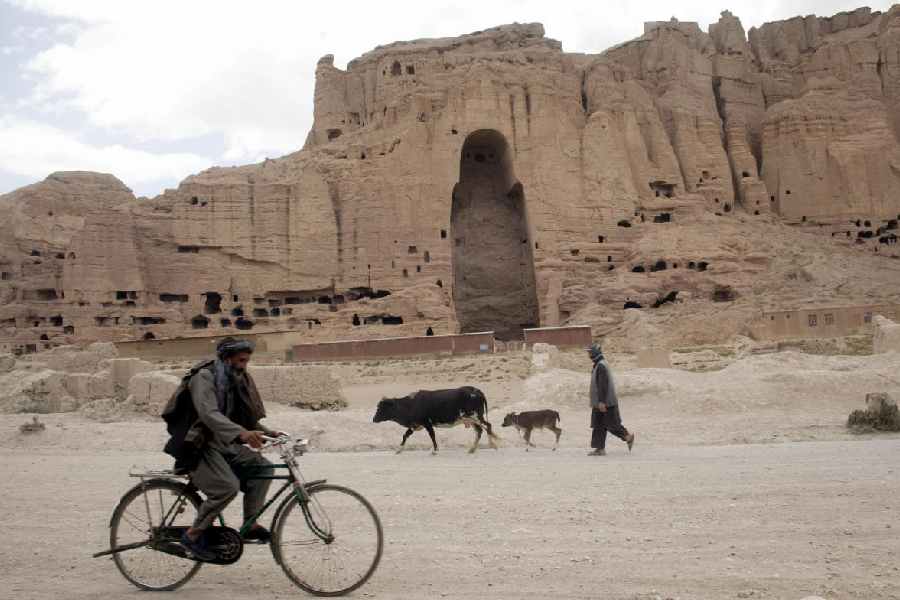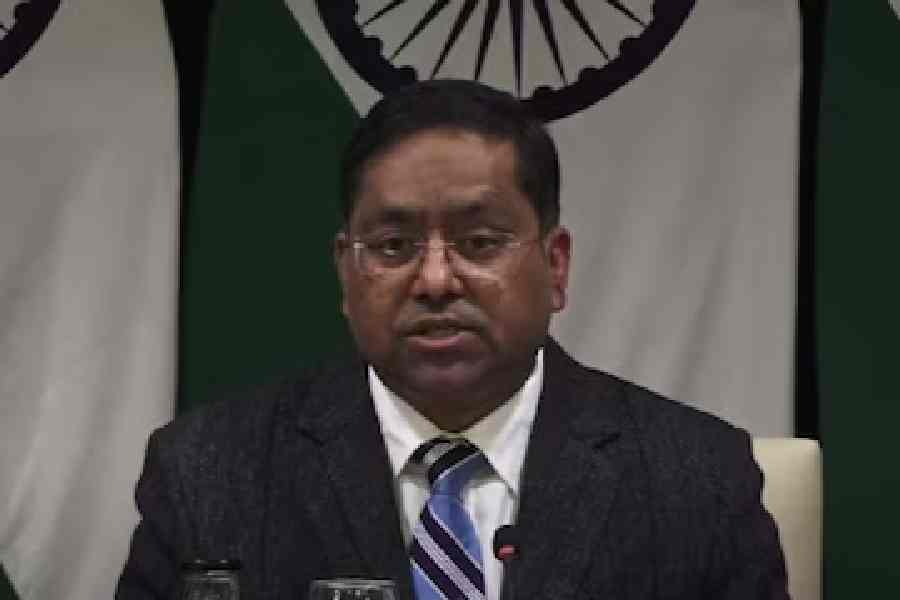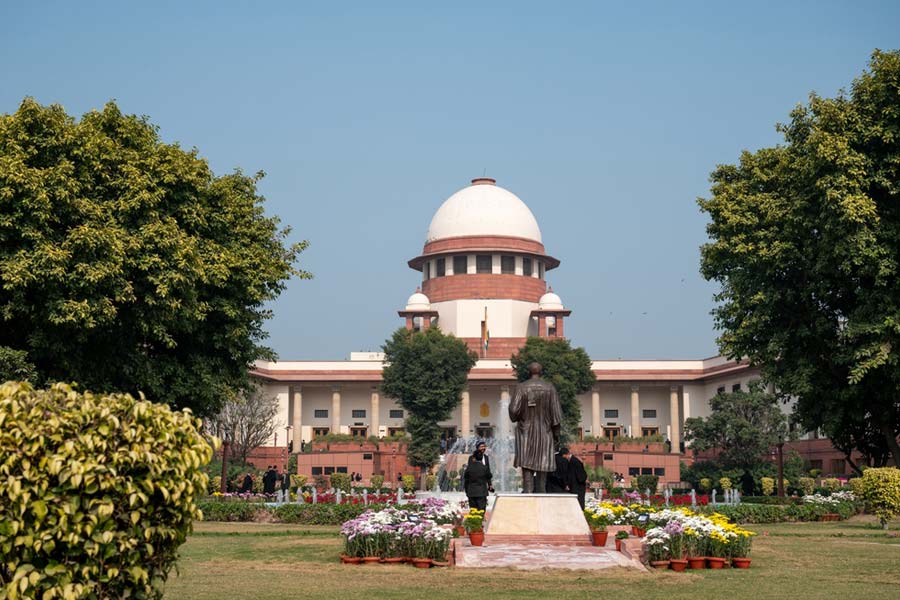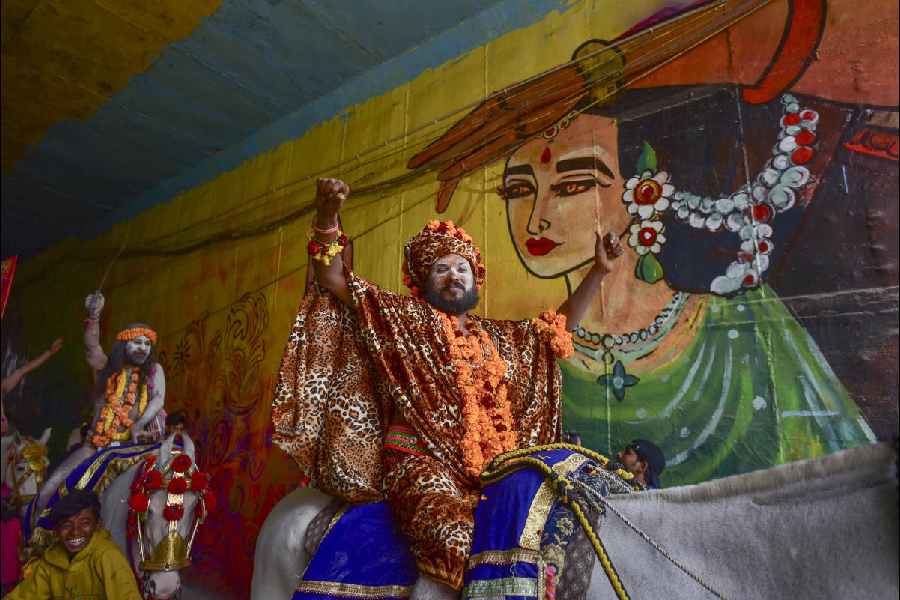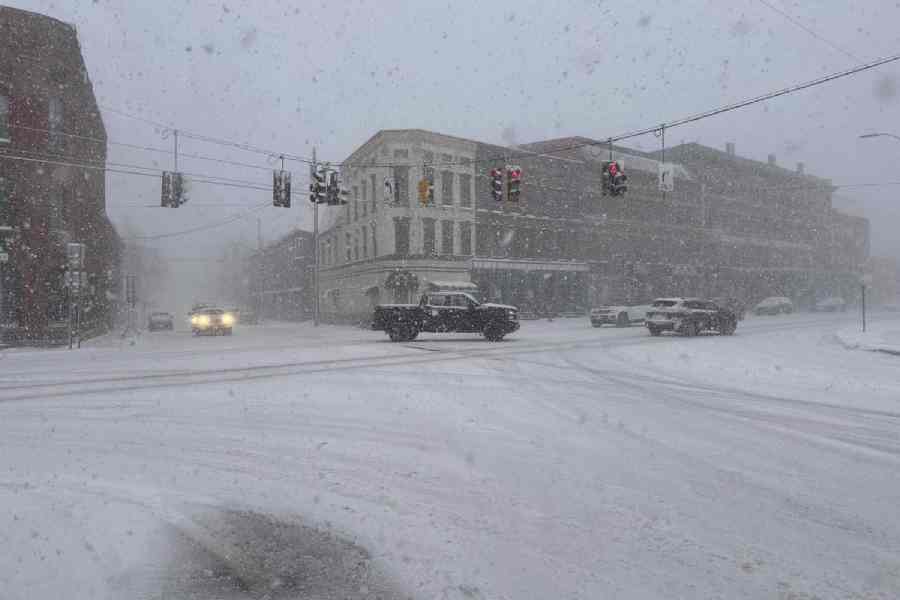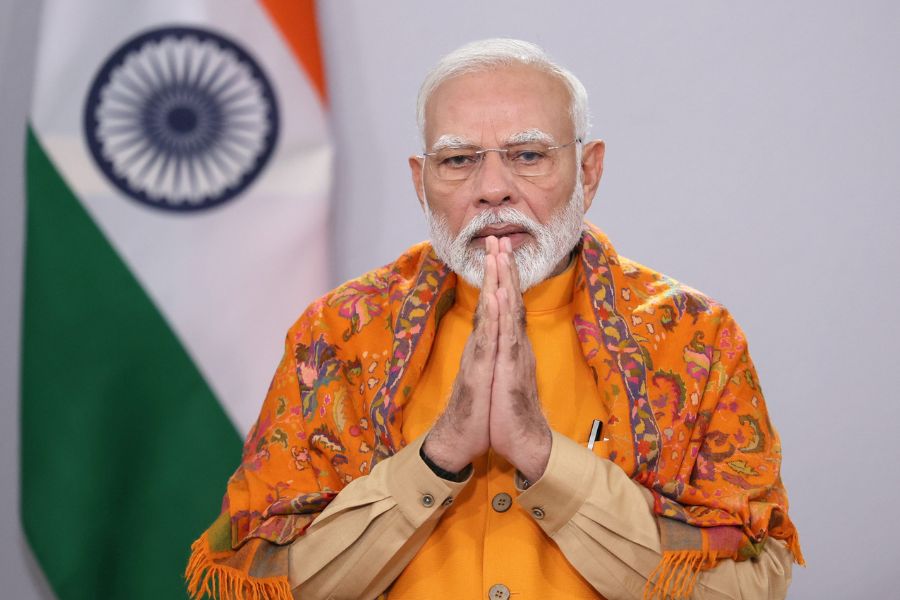Bamiyan/ Herat/ Kabul: Yi-Pin Lin, an associate professor at Tufts University, proudly says he has vacationed in 120 nations over the past decade.
But there was one country he had always dreamed of visiting, only to be frightened off by decades of war, kidnappings and terrorism: Afghanistan.
With the end of the Afghan war in 2021, the country’s new Taliban rulers began encouraging tourists to visit. So last month, Lin packed his bags, paid $130 for a visa and boarded a flight to Kabul, the Afghan capital.
“When I told my friends where I was going, they all thought I was crazy,” he said. “They said it was too dangerous.”
Lin, 43, is part of a small but growing vanguard of venturesome tourists making their way to Afghanistan, disregarding dire warnings issued by their governments. The state department advises Americans not to travel to Afghanistan “due to terrorism, risk of wrongful detention, civil unrest, kidnapping and crime”.
Over the past three years, Taliban officials say, 14,500 foreign tourists have visited the isolated, poverty-stricken nation. They have arrived with hard currency that Afghanistan desperately needs.
Many tourists have experienced the country’s traditional hospitality while visiting its famous mosques, its towering mountain ranges, its scenic high deserts and the remains of the renowned Buddha statues in Bamiyan.
In the minds of many around the world, Afghanistan has conjured another image since the Taliban takeover: something akin to a prison. The country has become notorious for its suffocating restrictions on women, which have essentially erased them from public life.
The Taliban’s rise to power, however, has also brought a relative calm to the country with the end of the 20-year war.
Terrorist attacks continue to challenge the Taliban administration, including one this month by the Islamic State affiliate in Afghanistan that killed a high-ranking official. But the suicide bombings and roadside explosions that inflicted mass death during the war — mostly carried out by the Taliban themselves — have all but ceased.
The government has assured tourists that Afghanistan is safe, scenic, welcoming — and a bargain to boot.
“Ninety-five per cent of tourists have a negative idea about Afghanistan because of incorrect media information and propaganda worldwide,” said Khobaib Ghofran, the spokesman for the ministry of information and culture in Kabul.
When tourists visit the country, he said, they “see it is completely normal. When they get home, they share their photos and the positive information they found in Afghanistan.”
Taliban officials said they relied on tourists, especially bloggers and YouTubers, to extol the virtues of visiting Afghanistan. The Taliban government promotes tourism on its official websites and on social media, and Afghanistan’s 3,000 tourism agencies advertise overseas, they said.
Despite painful memories among Afghans of US aerial bombings and night raids, American tourists are as welcome as anyone else, Ghofran said.
He said that guards were provided for tourists who requested security, but that visitors were not required to be accompanied by government escorts, as in North Korea.
However, foreign businessmen and journalists — and many Afghans — are routinely monitored by agents of the General Directorate of Intelligence.
A small percentage of foreign visitors are women, tourism officials said. Both Ghofran and Mawlavi Ahmadullah Muttaqi, the information and culture director for Herat Province, said there were no written strictures governing how female tourists should dress and behave in public.
“They can see for themselves our culture here,” Muttaqi said, adding that female visitors should respect it by wearing long, concealing garments and covering their hair with a head scarf. They are not required to wear burqas or cover their faces, according to Muttaqi and Ghofran.
The distinctions between Afghan women and female tourists can be startling.
“I know women are treated bad in Afghanistan, but as a woman, I see that everyone acts very nice to me,” said Marino Sakata, 23, a tourist from Japan who was travelling alone in Kabul and said she planned to return next year.
Sakata wore loosefitting slacks, yellow sneakers and a black coat whose hood covered her hair and part of her face — a fashion choice that drew sharp glances from some Afghans on the capital’s streets. She said she was considering buying a head scarf to better adhere to Afghan customs.
Male tourists, too, are expected to dress modestly, but they do not face the same intense scrutiny as women.
Greg Ernest, 67, a retired British consultant who visited Afghanistan for nine days last month, said the Afghan guide he hired told him to wear a shalwar kameez, the traditional clothes worn by Afghan men.
Ernest, who said he had visited every country in the world except Afghanistan before reaching Kabul, explained that he had been concerned about his safety when he arrived.
“I was slightly worried as a Brit,” he said, citing Britain’s prominent military role in the US-led coalition. “But I was surprised at how well I was received. People were very hospitable.”
Tourists have visited from China, Russia, Ireland, Poland, Canada, Taiwan, Germany, France, Pakistan, Estonia, Sweden and elsewhere, tourism officials said. Travellers typically get their visa en route to Afghanistan, often at the Taliban-run consulates in Dubai or Peshawar.
Many venture to Bamiyan Province, west of Kabul, to see the remnants of the Buddha statues. Most tour the area uneventfully, but in May, three Spanish tourists and one Afghan were killed in the province. It was the first deadly attack on foreign tourists since the Taliban regained power.
Carved from sandstone cliffs more than 1,600 years ago, the two Buddhas once stood 125 and 175 feet tall. They were demolished in early 2001 by the Taliban under a campaign to destroy all “idolatrous” depictions of human figures.
Today, the Buddhas remain an awkward subject for the Taliban government. Asked about the Buddhas, Hurmatullah Fazli, the acting tourism director in Bamiyan, replied, “Next question.”
Jin, a Chinese tourist who asked that his surname not be published, said the Buddhas held deep emotional resonance for many Chinese, who represent the world’s largest population of Buddhists, at 244 million.
He said he had dreamed for years of visiting the statues — and “then my heart was broken” when they were destroyed.
Jin fought back tears as he stood amid the rubble of the Buddhas last month. “This place is sacred to us,” he said.
The Taliban’s destruction of archaeological artefacts and ancient artworks at the National Museum of Afghanistan in Kabul in early 2001 is also a sensitive topic. The museum is popular with foreign tourists, along with the nearby Gardens of Babur.
Allen Ruppel, 63, a retired insurance company executive from Wisconsin, visited both sites last month. He said he had been apprehensive about visiting Afghanistan, concerned that an American might encounter resentment or worse.
When he told his wife where he was going, he said, she joked that “I can’t stop you, but I might get an Afghan hound to replace you.”
Many tourists seem spellbound by the spectacular Afghan landscape and its wealth of historical and archaeological sites. The Silk Road crossed Afghanistan, creating a crossroads of cultures rich in history and artefacts.
New York Times News Service

